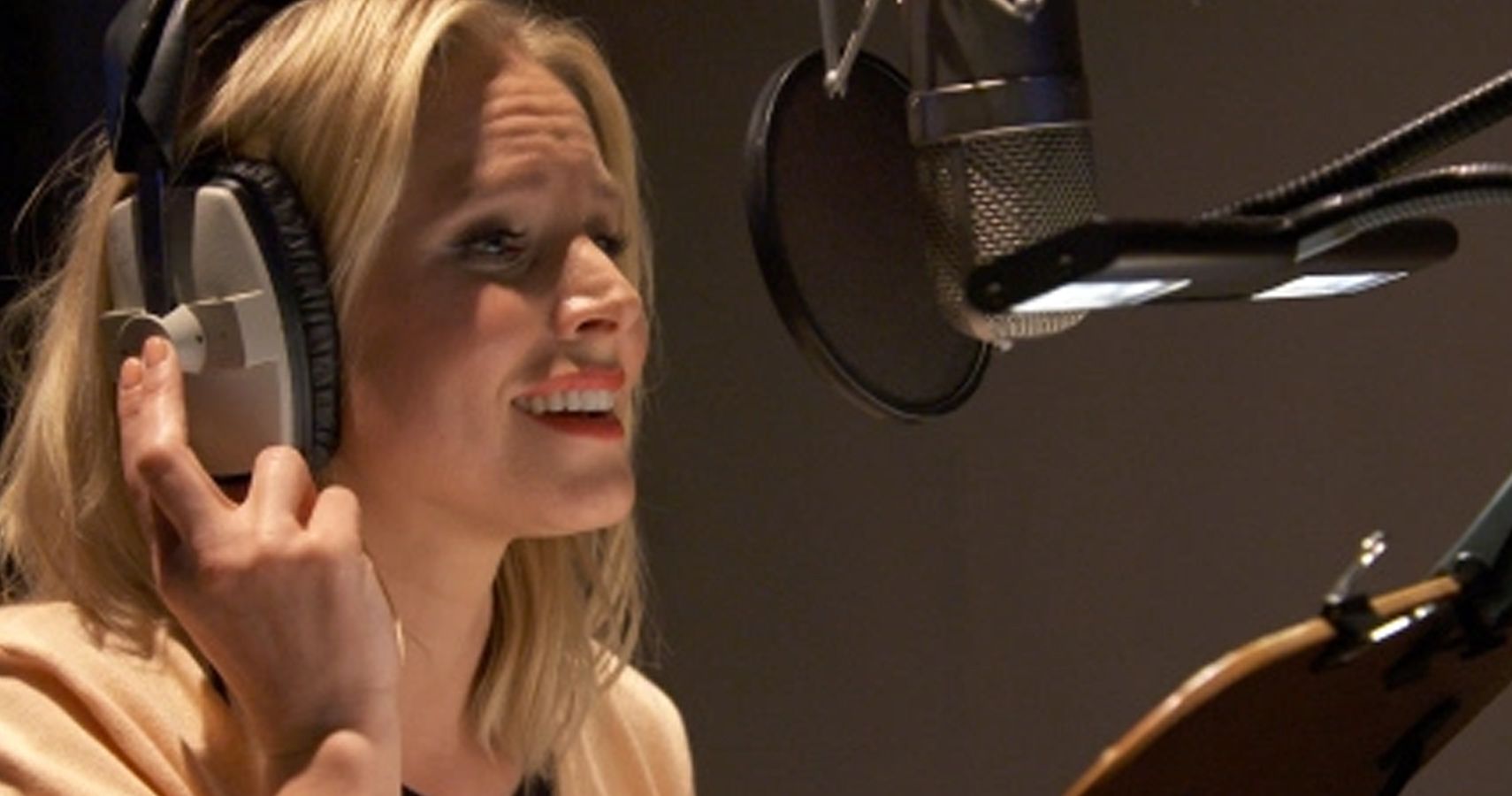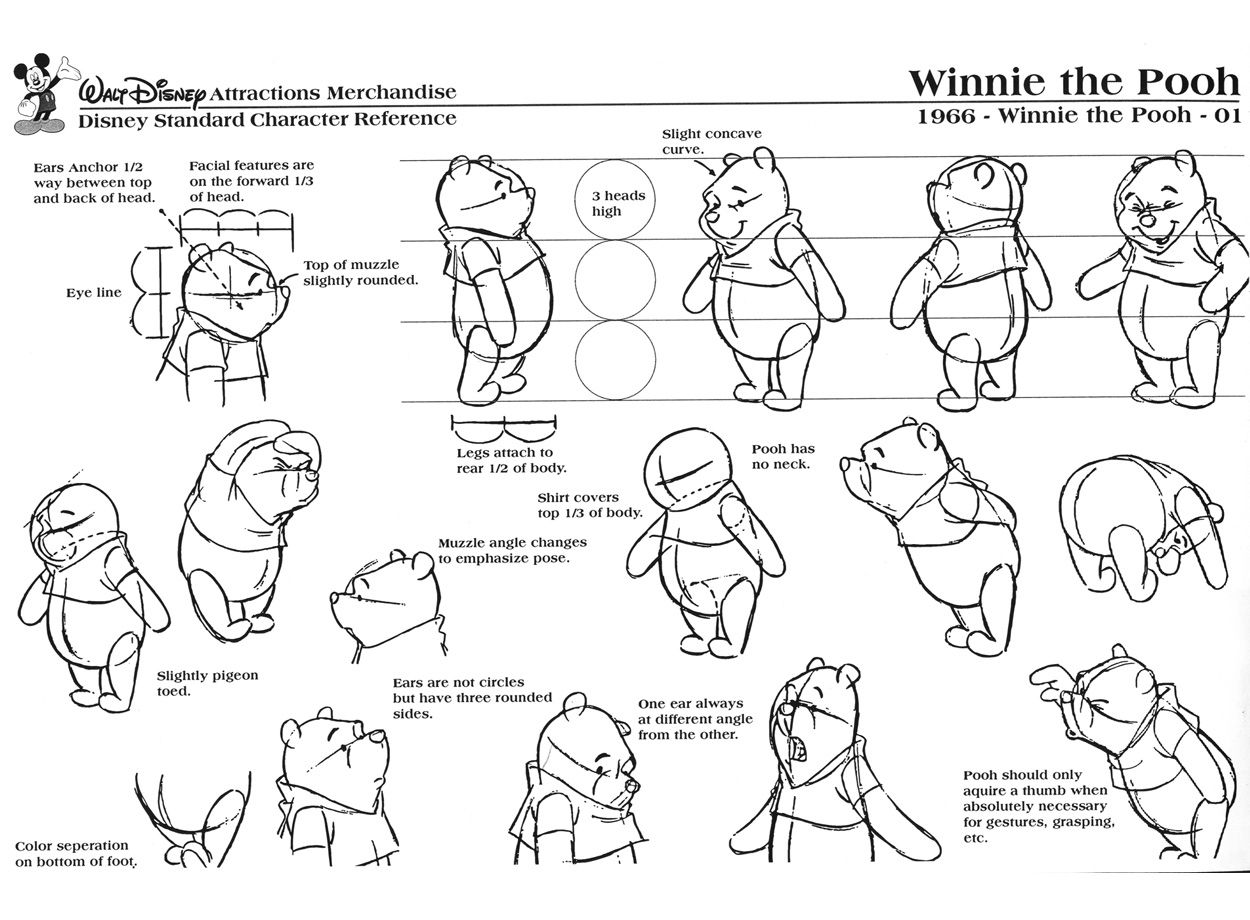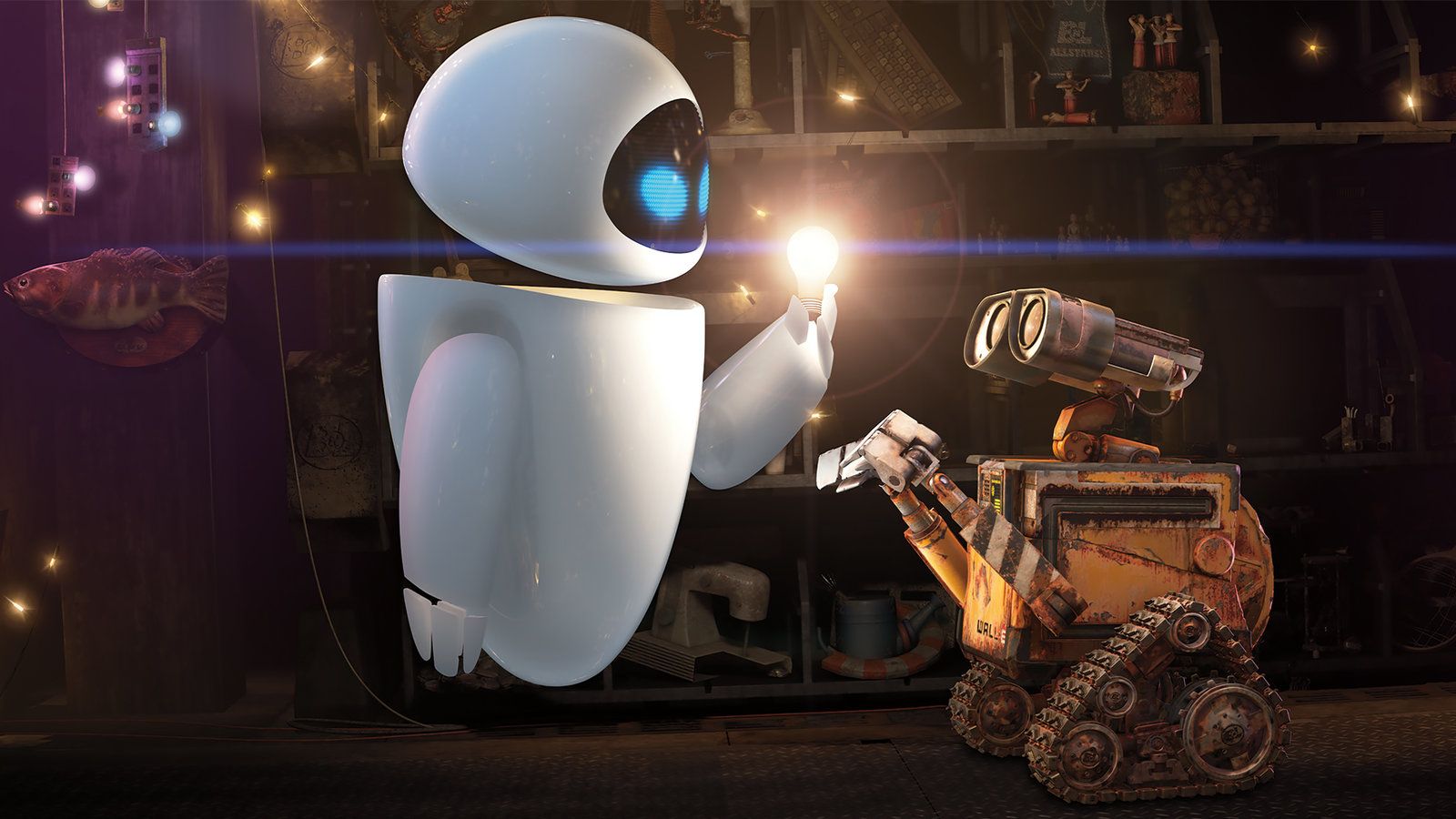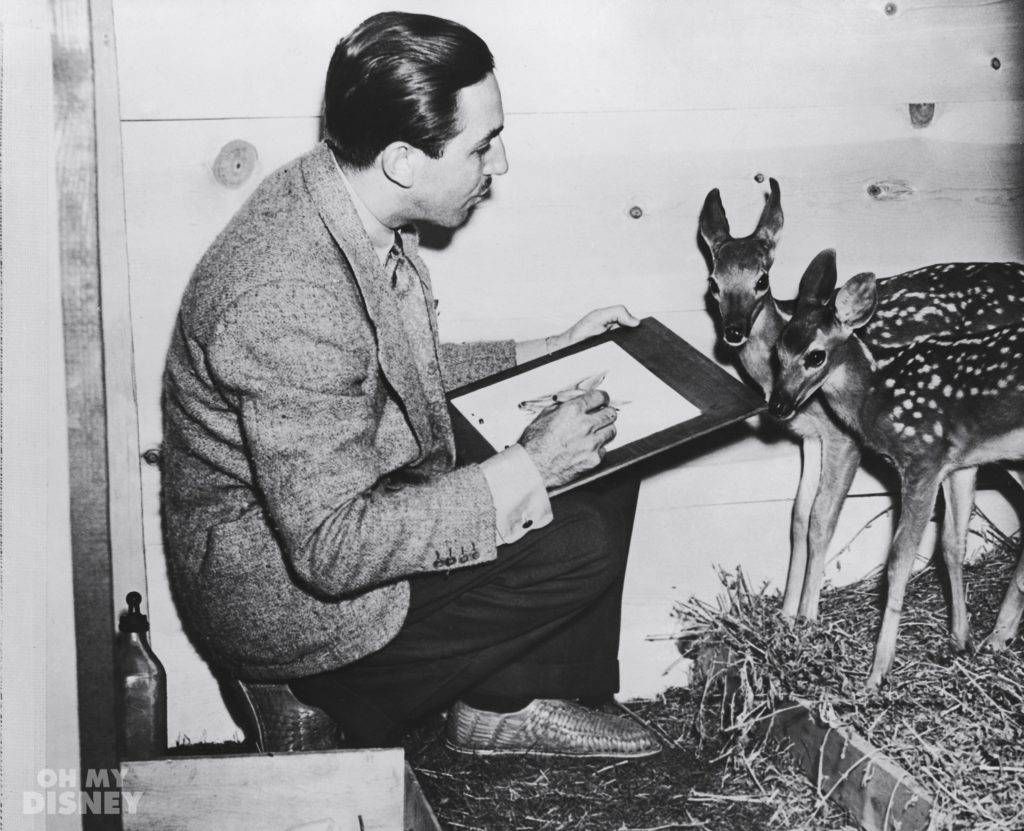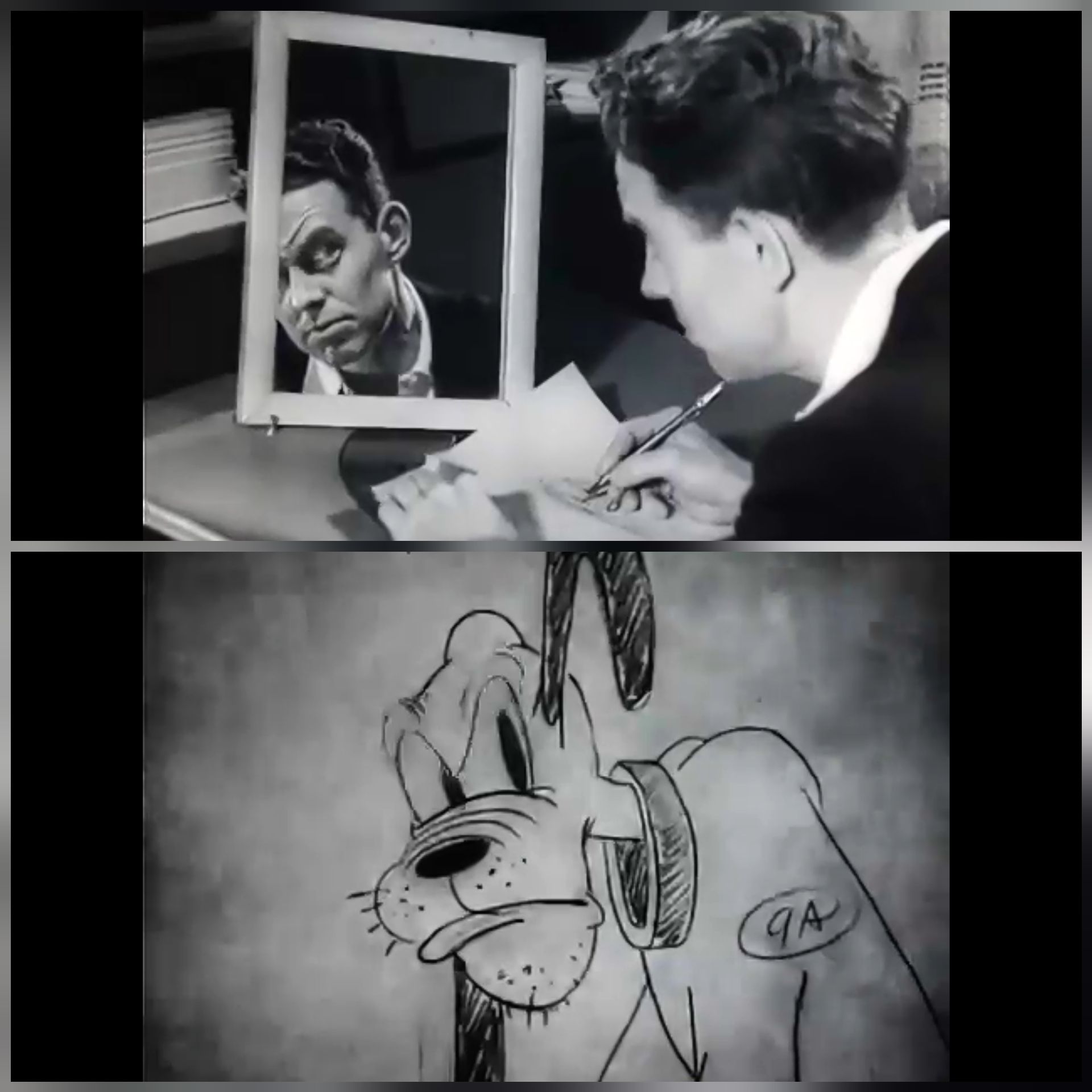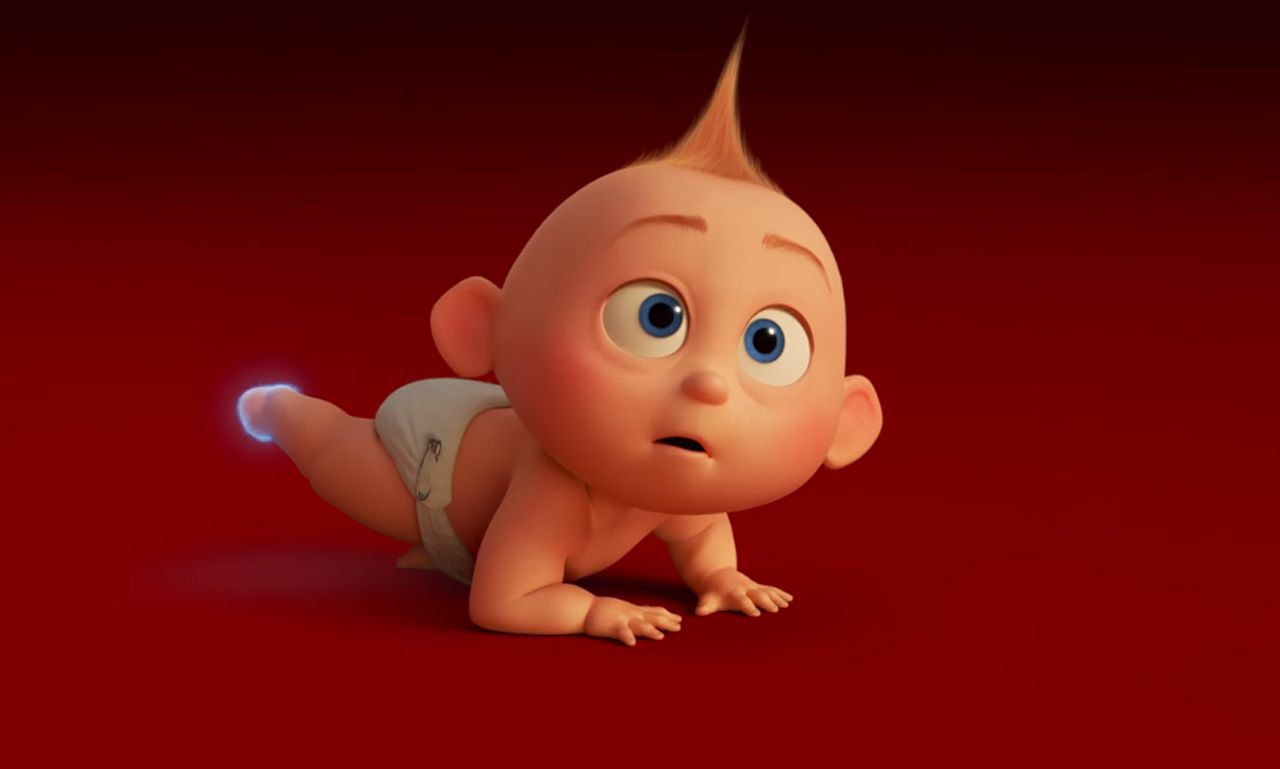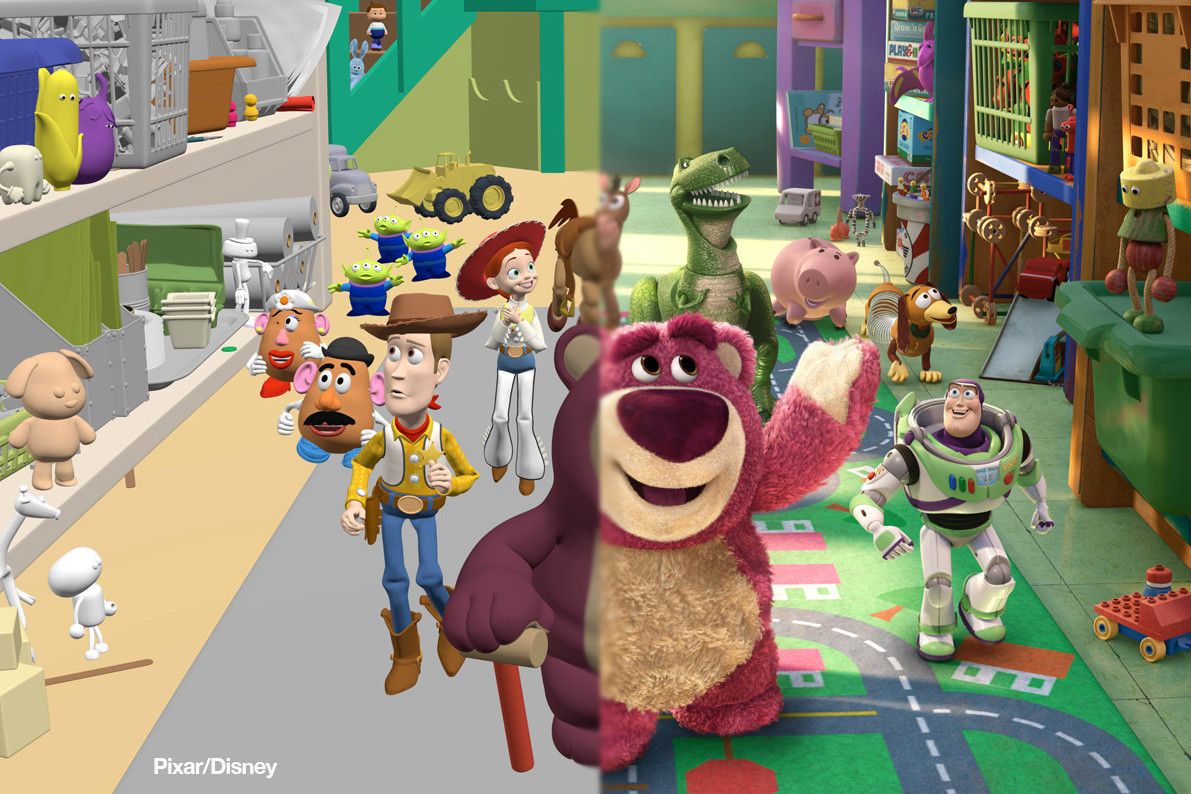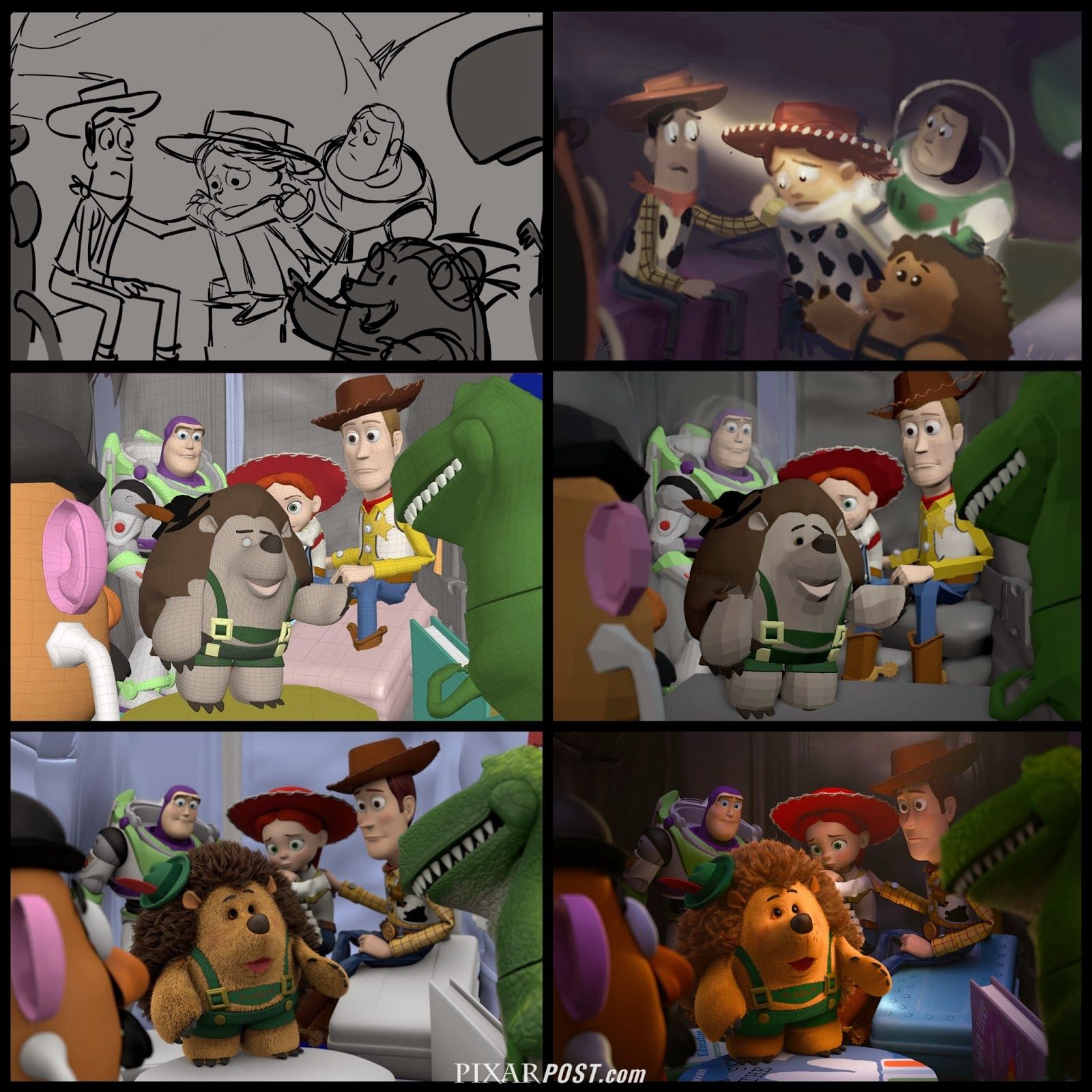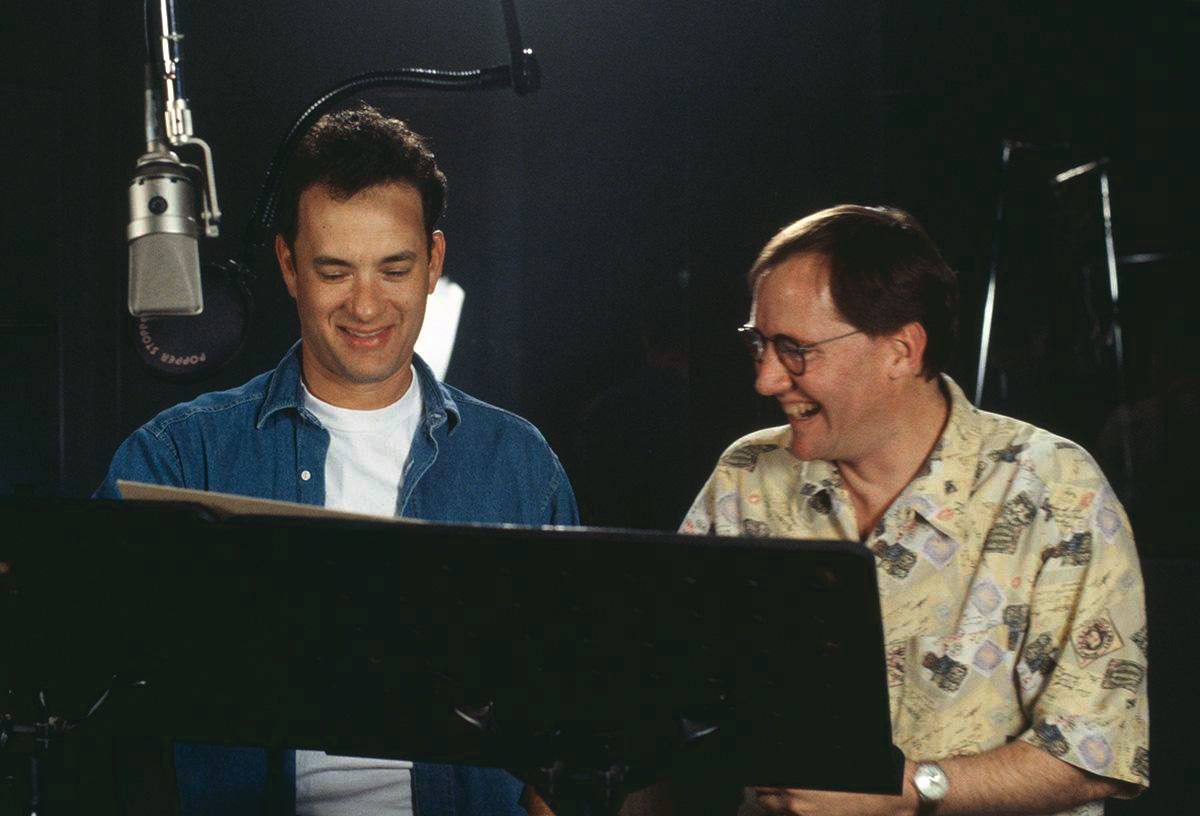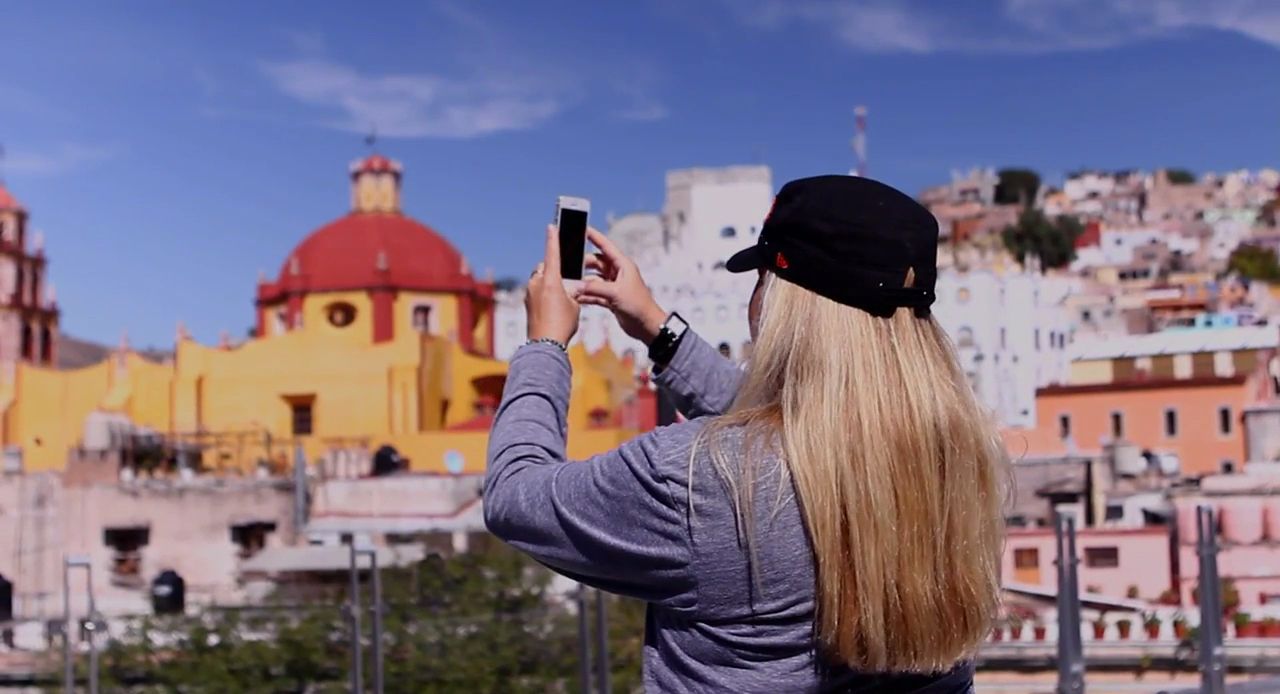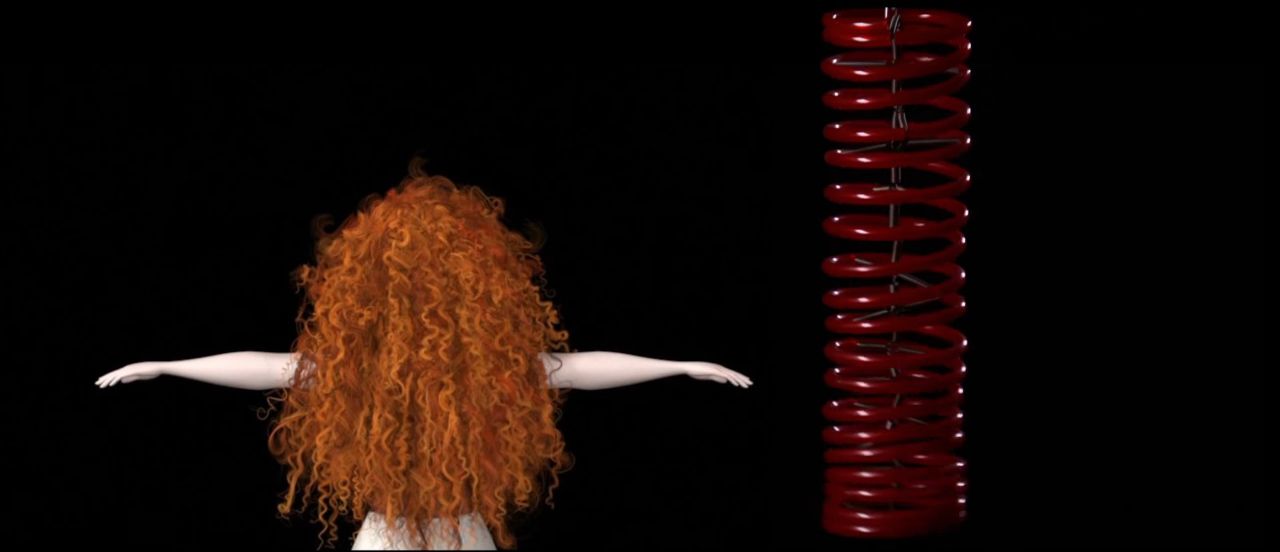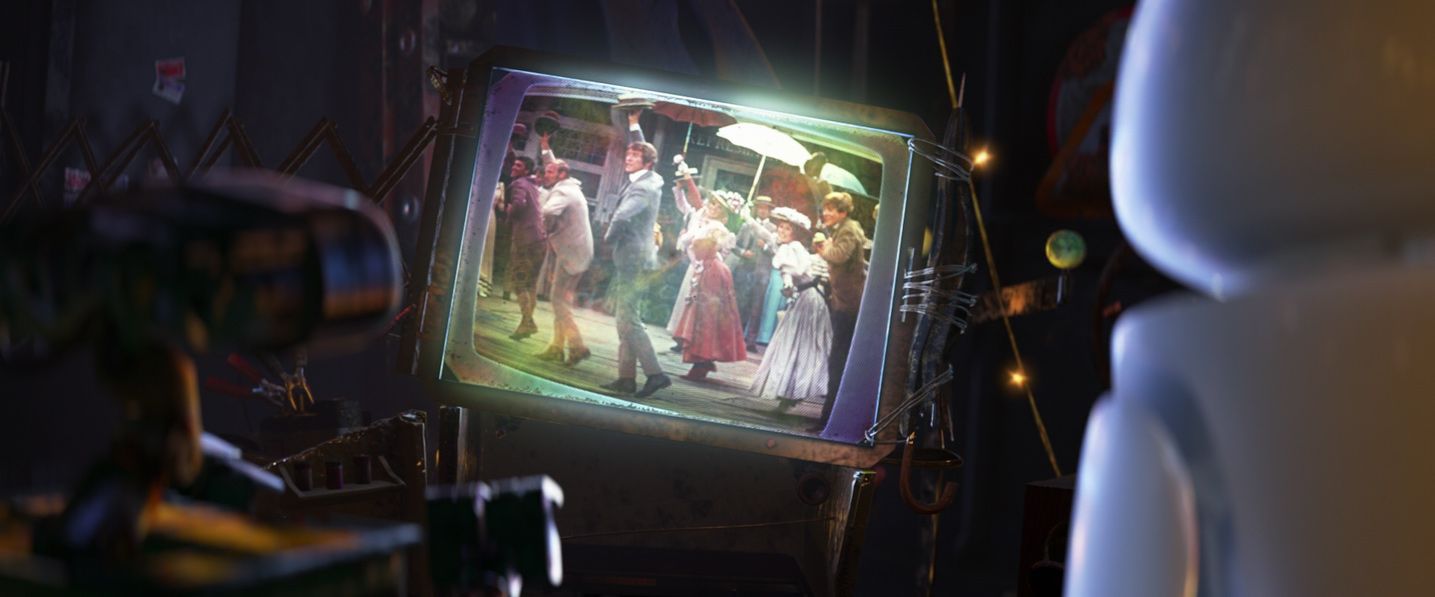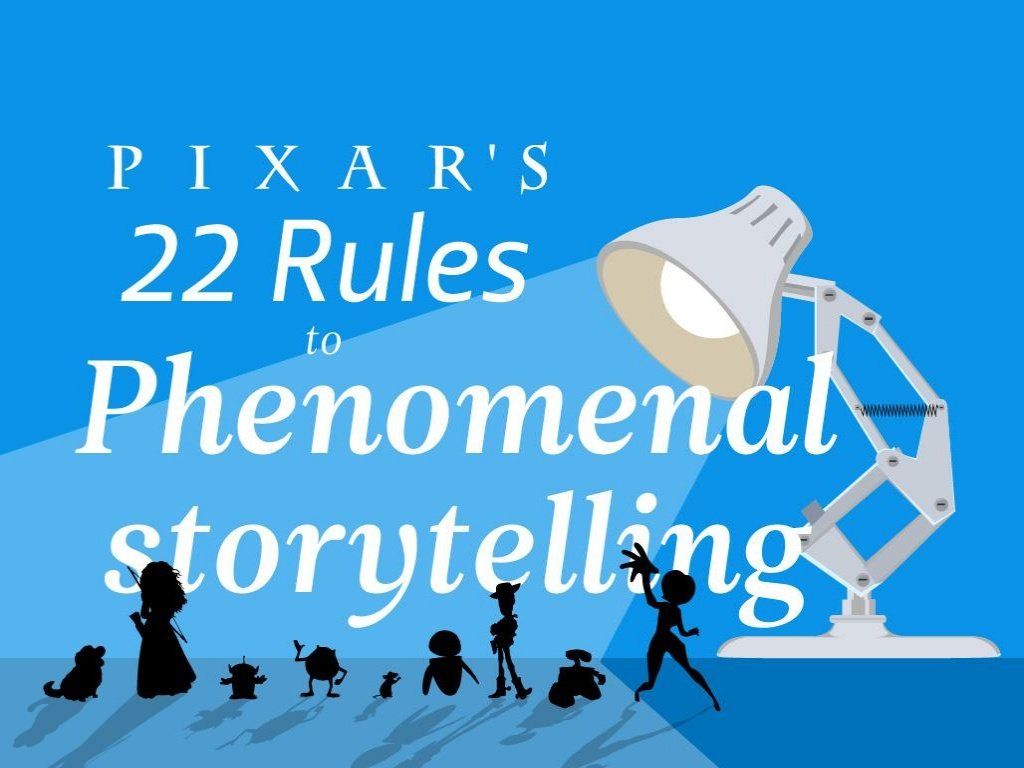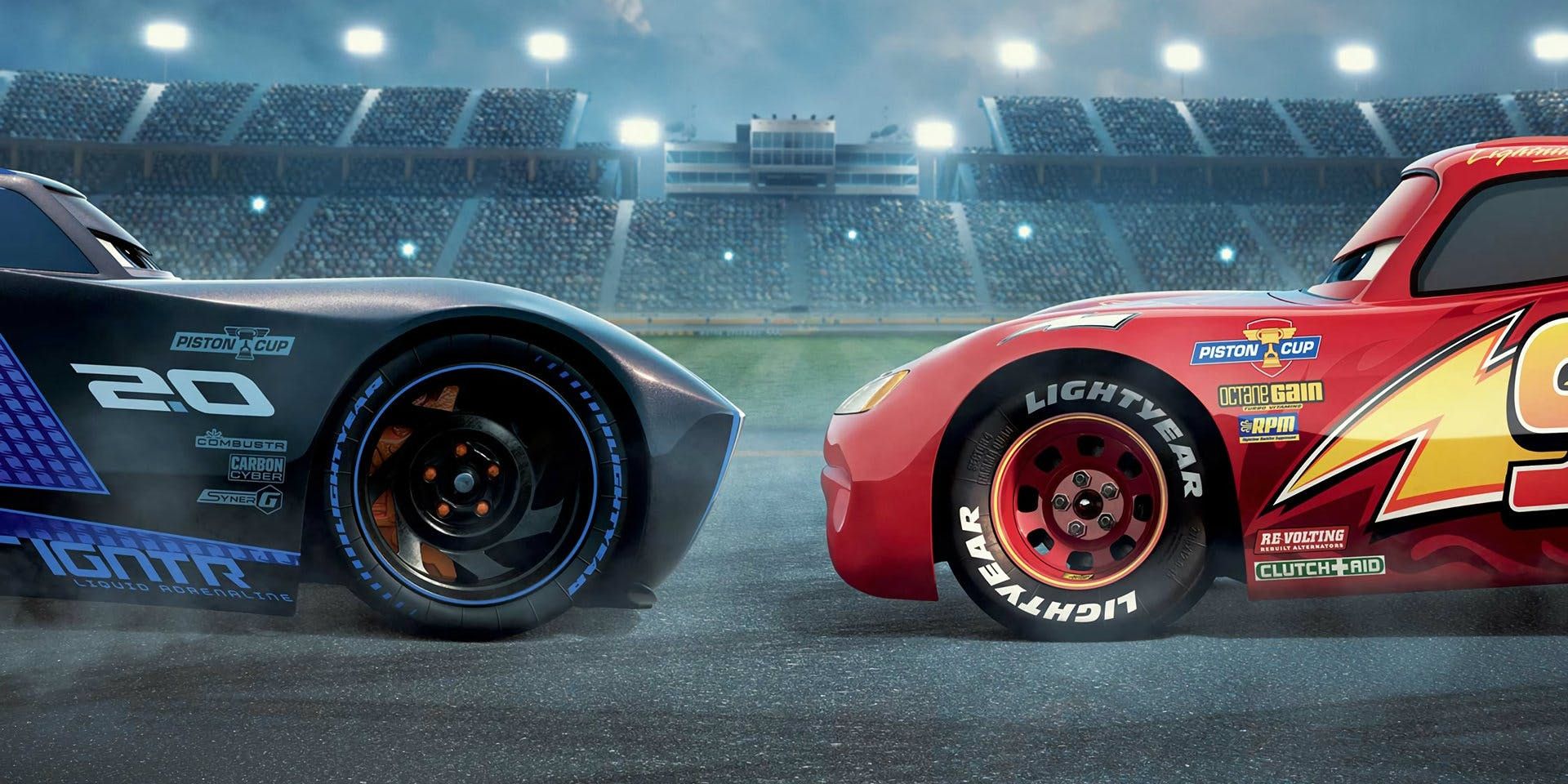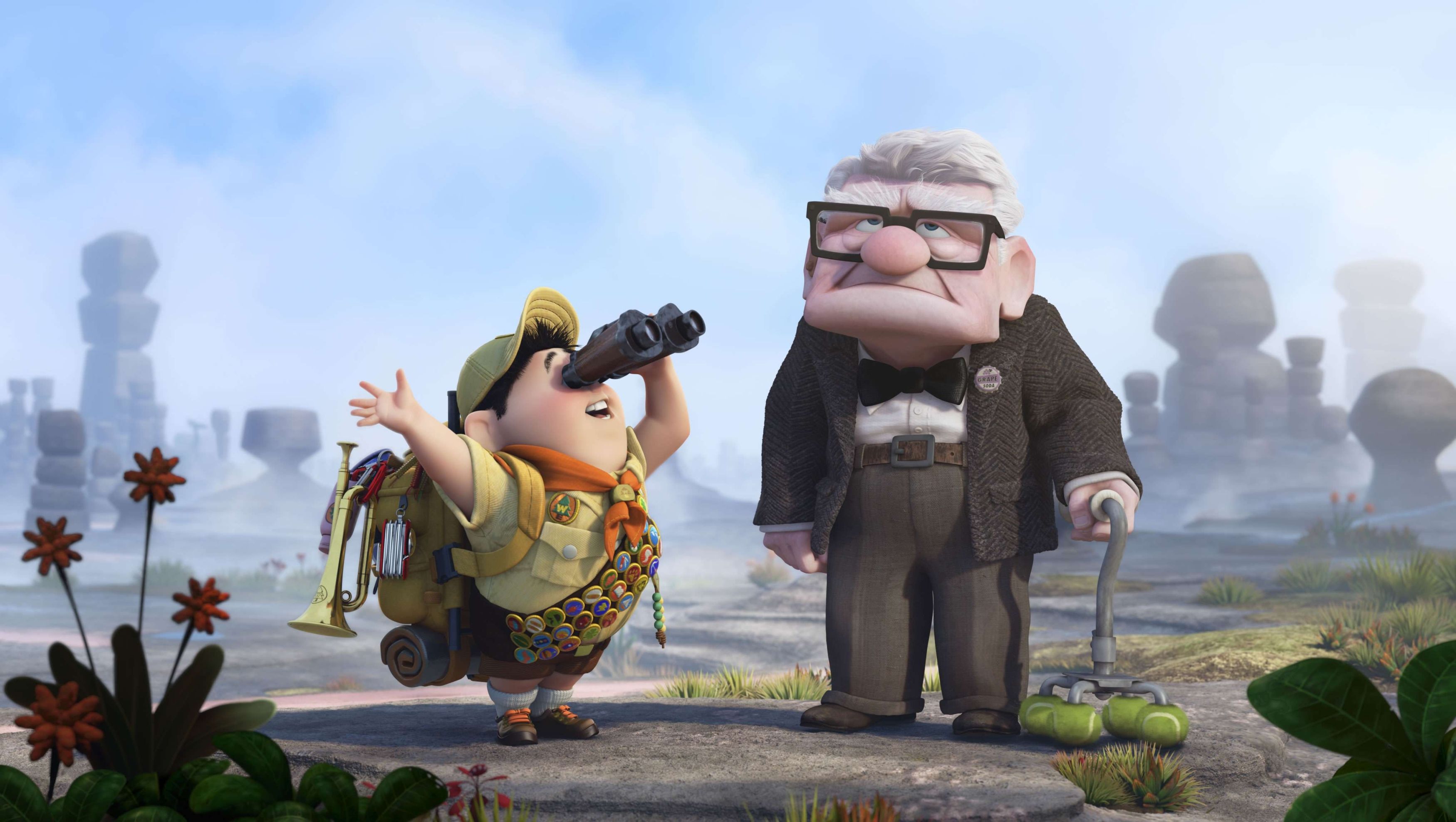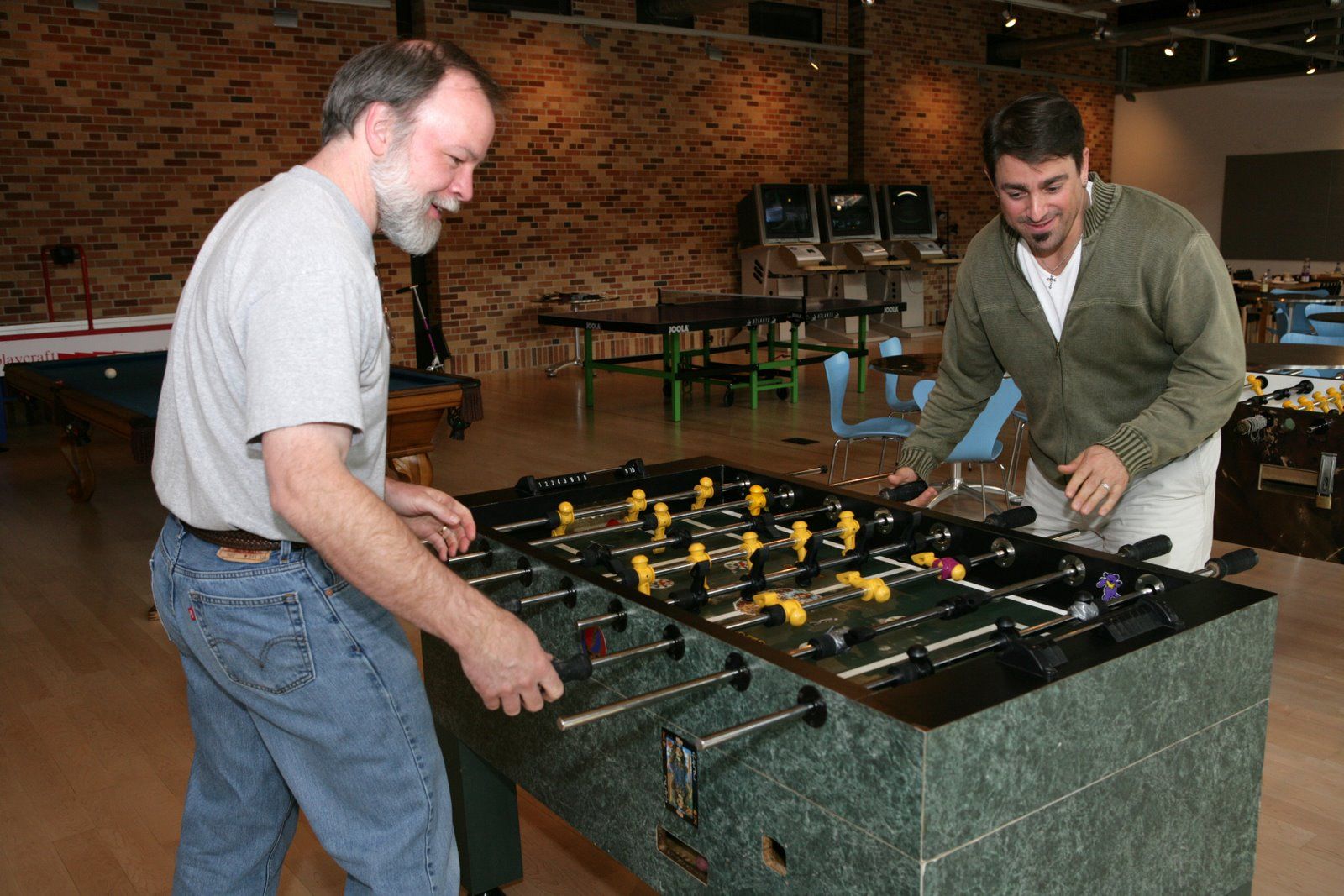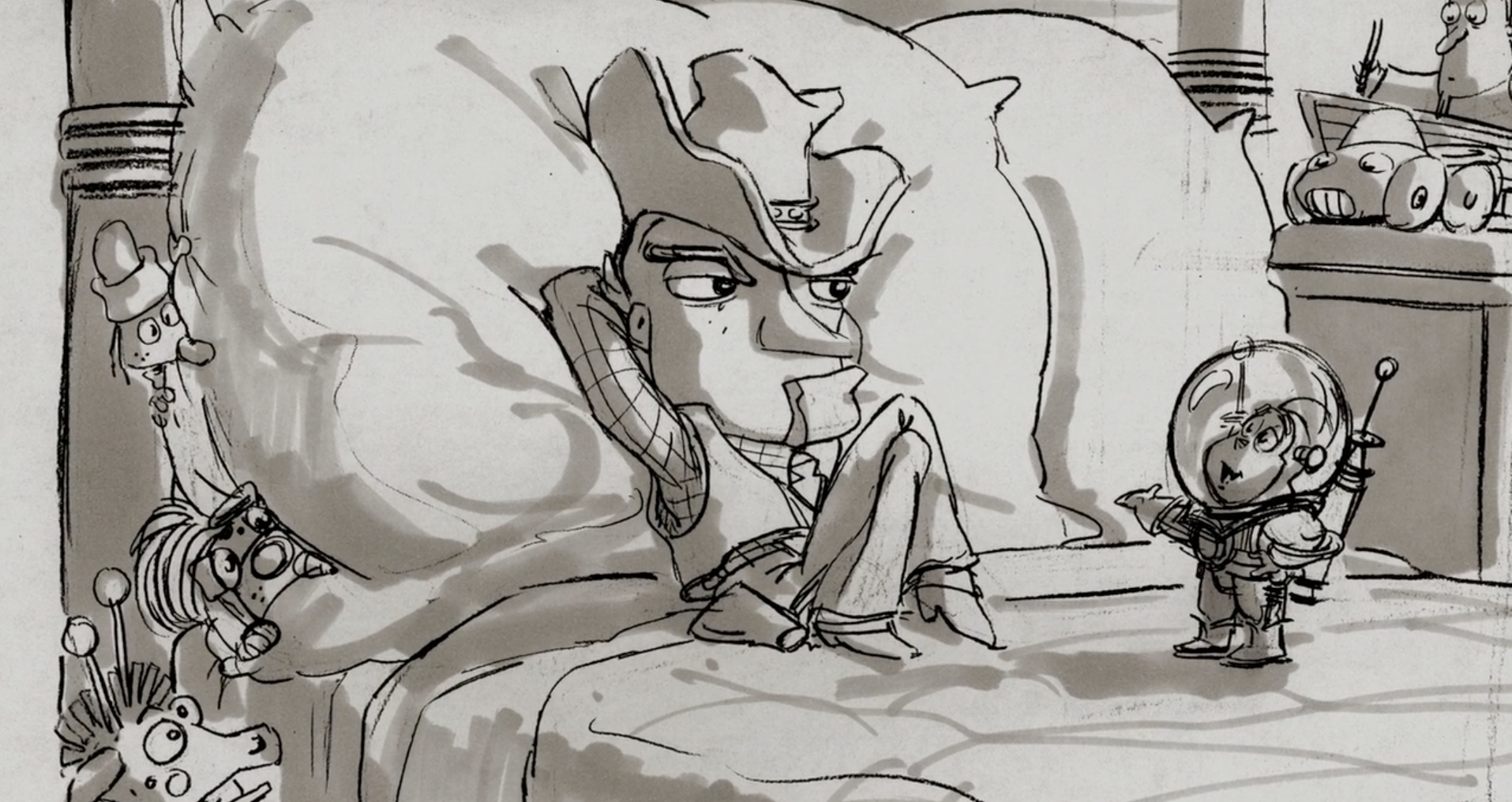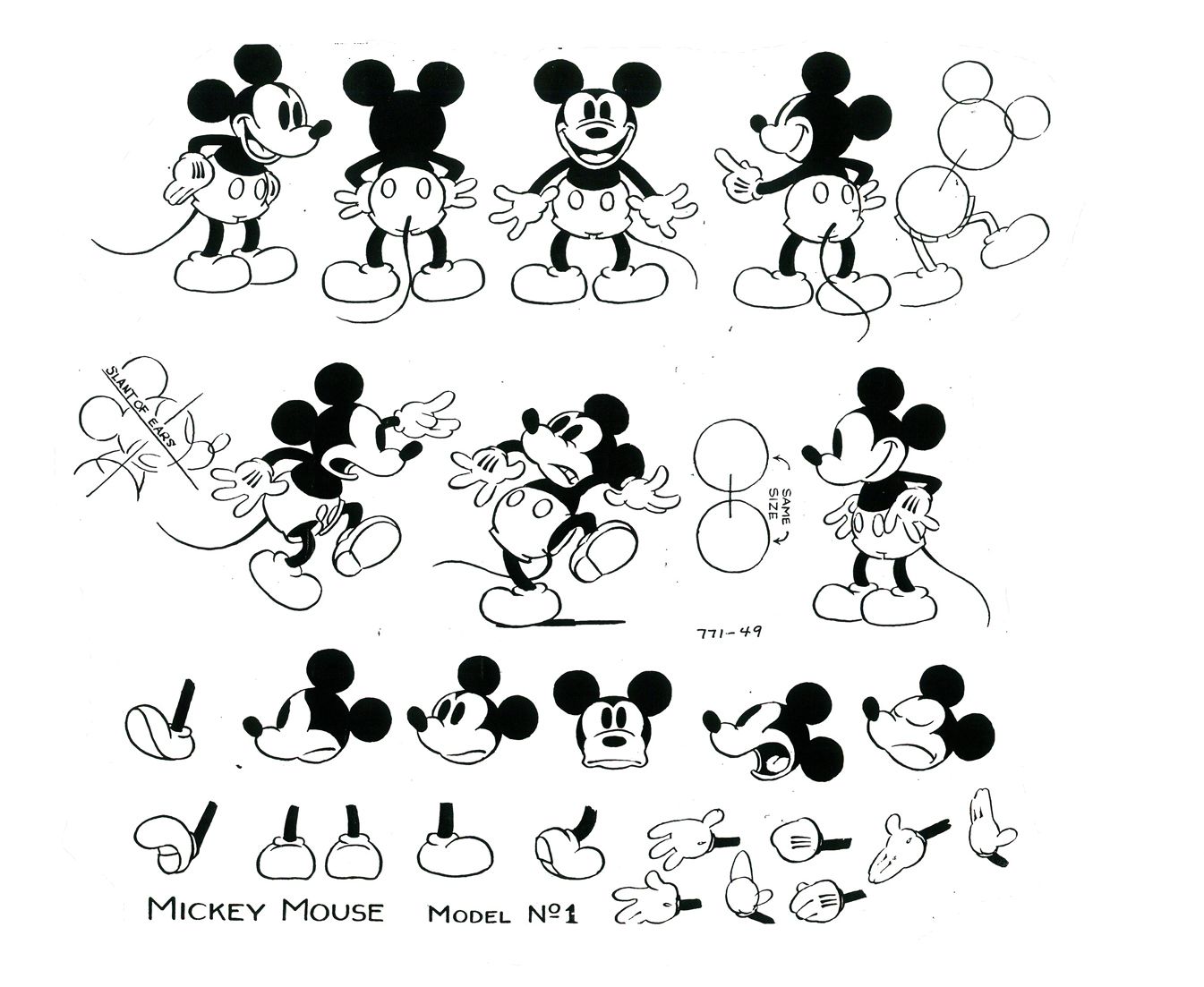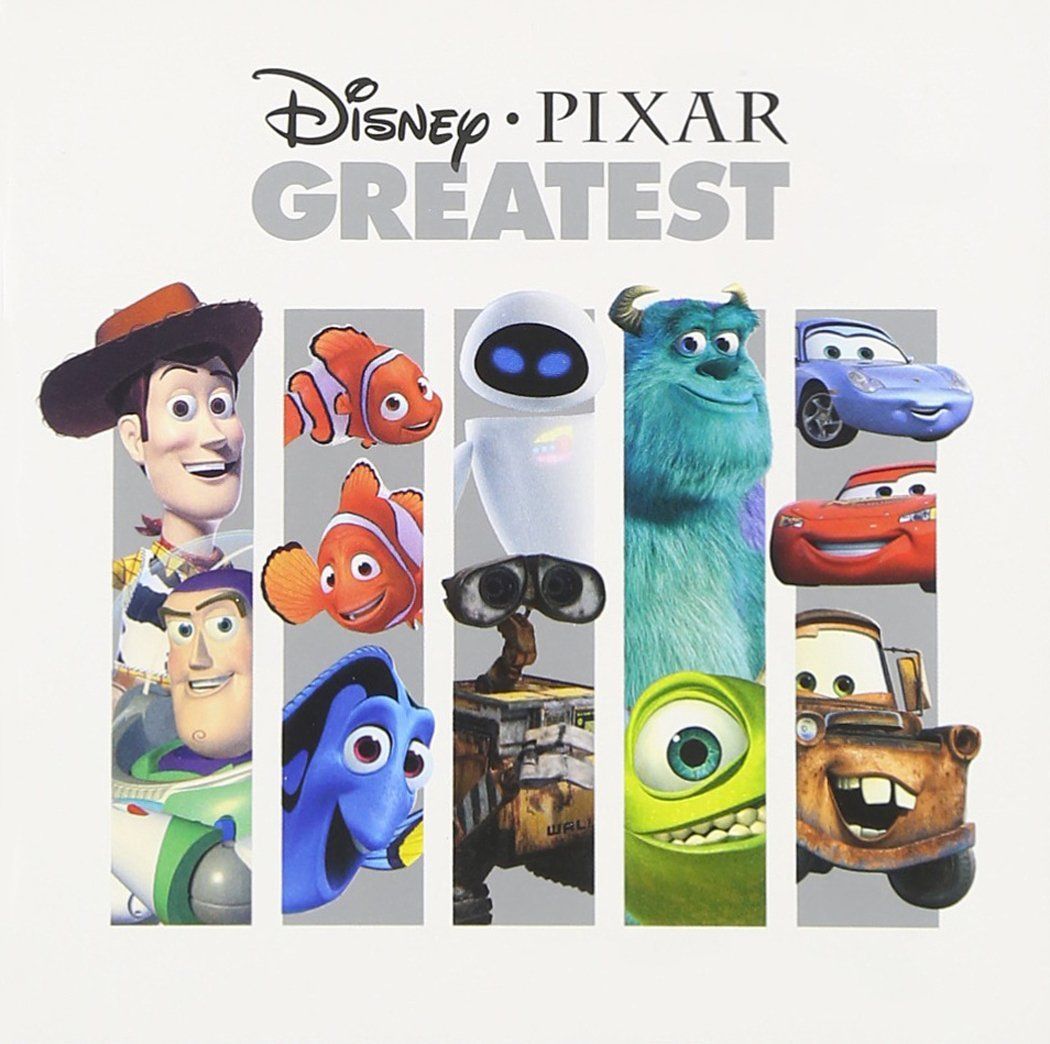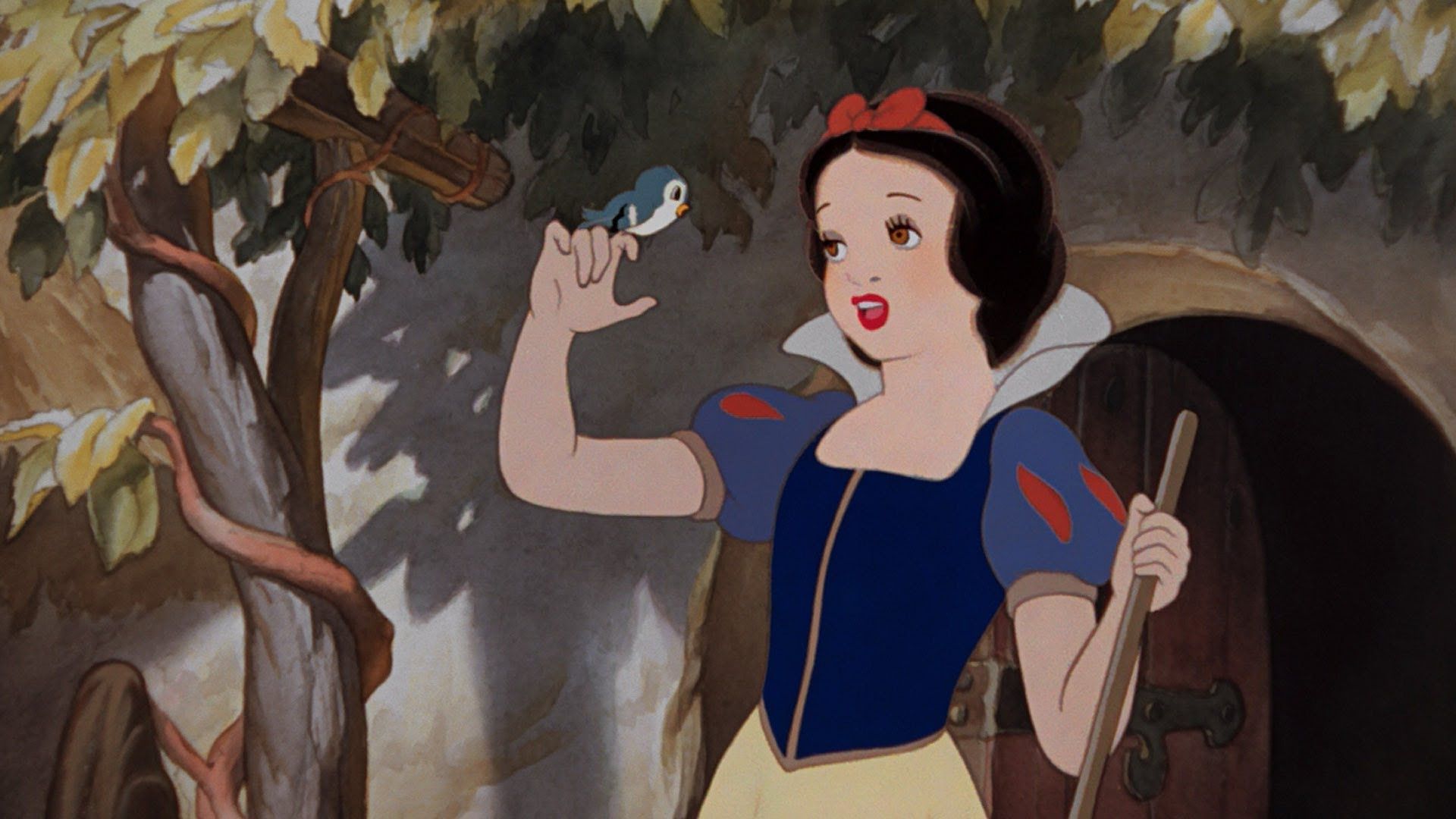They need no introduction, but I will give it a shot anyway. Disney is, without a doubt, the biggest juggernaut in the whole animation industry. They started as modest as a mouse but soon grew to one of the greatest conglomerates in history. While receiving criticism for their massive corporate dominance, they are generally very well-respected due to one defining quality: animation.
In partnership with Pixar, Disney has given the world tons of animated gems. From Snow White and the Seven Dwarfs to Inside Out, a lot of these films are timeless classics that resonate with the hearts and minds of pretty much everyone. The animation process is arduous and complicated, requiring more labor than most other types of media production.
When starting something like an animated film, the Disney workforce needs to follow a relaxed but fundamentalist pattern of rules. There are many—some ridiculous; some are incredible but interest is definitely ensued. Rules at Disney and Pixar are like no other—they regulate the weird and wonderful happenings at the studios in extraordinary ways. We tip our Mouse House hats and present to you 25 rules that help Disney make its magic.
25 Animators: The 12 Basic Principles Of Animation
Heralded as "The Bible of animation" by some, The 12 Principles of Animation is a book published by Disney veterans Ollie Johnston and Frank Thomas. It teaches Disney animators the fundamentals of the animation process. Some of these entries may directly relate to some of these rules because many of them are still abided by to this day. Although mainly pertaining to 2d animation, many of the techniques still apply to CGI in many ways. It goes to show that CGI and hand-drawn animation are not too far apart.
Mostly, the rules direct animators to abide by the laws of physics. Movement is the hardest thing to achieve in animation, so this book extensively dives into this imitation of the process. Some rules that guide Disney employees to this hard goal include considering paths like trajectory and evaluating timing. During the CGI animation boom of 1999, the book was voted as "The Best Animated Book of All-Time" in an online poll. Thank this great piece of educative literature for helping bring us The DisneyRenaissance, the era of which Disney finally made a comeback from financial flops and brought us timeless classics in the 1990s.
24 Writers: "Where Story Is King"
Pixar's company motto is the title of this entry, and it clearly shows in their work. Established in 1986 and invested in by none other than Steve Jobs, Pixar has been on a winning streak with the most critically acclaimed films Disney has ever distributed. Many have attributed this not only to the state-of-the-art animation but also the engaging stories and captivating characters Pixar's team has managed to create over the years.
Films like Wall-E, Up and the Toy Story series have stories that rivaled most films of their time. These and many others could connect with more than solely children—dealing with universal themes and ultimately appealing to an international audience. Personally, I cannot think of one studio (apart from Studio Ghibli) whose films can connect to so many people of varying ages and other differences.
Pixar employees still stand by this motto to the current day. Coco was one of the best films of the year and showed that Pixar can still convey emotional tales that can make you laugh and cry. But before heading to the cinema for the next Pixar story, make sure to bring your tissues for that "something" in your eyes.
23 Animators: Humanizing Animal Animation
Disney's many animal characters seem to be as relatable as any human characters. This relatability comes from anthropomorphization; the process of giving animals human characteristics and intentions. It is clear to see this in films like The Lion King and Zootopia and even slightly in the canine characters of Up. The animals in these films act just like us, retaining morals and mannerisms.
Pixar is also great at humanizing other non-human characters like robots from Wall-E and Cars from... Cars.
From a storytelling and writing standpoint, this is pretty easy to achieve. Anthropormphization has been a standard form of artistic device for ages, appearing in literature and art since early centuries.However, to obtain a humanized movement and expression within these animal characters in animation is another matter entirely. How do Disney animators humanize animals in the harder medium?
Well, old-school animators would often have their animal subjects right in front of them as a reference to draw. For the short Three Orphan Kittens, the animators brought a bunch of kittens into the studio. For Bambi, deer were brought into the studio (you get the furry picture). They would then study the animals playing, eating while also adding exaggerated expressions to the characters. While adding a realism to the character's movements, kittens and deer definitely brightened up the workplace too.
22 Animators: Sketching Their Own Emotions
Actual animals were not the sole unique reference Disney employees used. In the search for further fidelity towards natural expression, employees were often encouraged to have a mirror at their desk. Animators would use these mirrors to make the faces they desired on paper. For example, one animator could make a smile towards the mirror, allowing for a direct reference to subsequently draw that on the paper.
The photo above shows a comparison between this technique and the result that it brought into the final sketch. As seen on the animator's face, it closely resembles the final design of Pluto's face. That uncanniness happens because the sketcher simply drew his facial lines onto the iconic dog. Whenever you watch an old cartoon, know that many character expressions often derive from their creator's. It is a crazy thought and almost like an early form of facial capture.
In accordance to the last entry, this effect also humanizes animals. By giving a dog like Pluto humanistic expressions, the audience can sympathize with him more. The animators, however, still draw the line between stylization and replication, as you will realize in the next entry.
21 Animators: Not Using Facial Or Motion Capture
Disney and Pixar pretty much make their films from the ground up. They design their characters initially from concept art, storyboards, conceptual models, etc. With all of these traditional properties, the companies have not implemented motion capture as their main animation method. Not only is this production process conventional and practical, but Disney and Pixar also believe that stylized animation will always surpass performance capture—or a good reason too.
For one, motion capture would be impractical for capturing many Disney and Pixar characters. They are of all shapes and sizes—from bugs to dinosaurs—making them look disproportionate if caught with a mo-cap suit. These animation studios favor expression over realism. Their films are believable,not in terms of real-world authenticity but because the characters and worlds feel real in and of themselves.
Admittedly, Disney films pre-2000s would reuse camera shots and trace over actors (rotoscope). Pixar has rarely ever done this.
The producer of Monsters University (Kori Rae) said that Pixar has not entirely ruled out motion capture, stating that it could be used if deemed necessary. This will probably never happen though. As Ratatouille's credit disclaimer stated, "100% genuine animation. No motion capture or any other performance shortcuts were used in the production of this film". Well said, Pixar.
20 Animators: Rendering With Renderman
Rendering is the final stage of the visual effects production 'pipeline' It involves generating a fully realized image from a 2d or 3d model. This is standard procedure for Disney and Pixar, and they use a specific piece of software that has since become industry-standard: Renderman.
Without rendering, the films will look like a PS1 Game.
In 1984, Pixar released their first short film The Adventures of Andre and Wally B. It utilized revolutionary computer graphics, all made possible by a rendering program named REYES. This would soon evolve into Renderman, the version they would use for virtually all of their films soon-after. The software is what makes Pixar's and Disney's films' look possible.
Initially, film companies will create a puppet or other types of 2D/3D models. These models will then be put into a rendering program to produce the beautiful visuals you see in any film that implements CGI. Renderman, in particular, has been used countless times for blockbusters such as the Marvel and DC, Lego Movie, etc. The brilliant effects seen in those flicks all owe a huge debt to Pixar's endless influence on CGI. If Renderman did not change the rendering landscape, a film like The Incredibles 2 would seem like nothing but test footage. Or, god forbid, an Illumination Entertainment film.
19 Animators: Following A Progression Reel
What comes before rendering? Well, several stages. First of all is the 'storyboard' or sketch of a scene. This establishes the look, format, motion and other properties of the scene, generally through hand-drawn animation. Storyboard artists have to staggeringly create hundreds of thousands of them for one feature film. As you can see in the following image, the art department designed an extra conceptual piece to give the CGI artists an idea of the lighting and colors involved.
WALL-E took a record of over 120k storyboard pieces to help realize its high-concept premise.
Subsequently, 'modeling' is put to work. Assets and models are what brings the world to life, and Disney/Pixar can continue to use these properties for some time to come. These models are then used as puppets to guide the 'layout' of movement, position, etc. Similar to layout, the next sequence is the 'blocking' stage, which inaugurates the timing and placement of props and characters. It is the first of the fully animated parts of the reel.
Finally, we get back to the familiar process that is rendering. As you know, textualizes the weird polygon models. Artists have to implement mathematics (a method dubbed 'the rendering equation') to study how light would bounce off property and the effect it would make. The last image you see is the result of that study, a great scene completed with beautiful lighting.
18 Actors: Going Beyond Vocals
This entry will focus on voice actors; one of the main driving forces of a character. A vocal performance can dictate a character's believability and appeal. With Disney and Pixar's talent on board, though, bad performances are pretty much nonexistent. This is due to the voice actors' sheer passion for their characters as well as their delivery. They will go the extra mile to capture emotion.
A method the director will use in close correlation to the main stars is to show them test footage of a scene, often from a progression reel. This can make actors immersed in the scene. An actor like Tom Hanks is great at this—often syncing body action and gestures to the stage. When test footage is not available, directors will describe the viewpoint to the actors.
If possible, voice actors will deliver their lines in the same vicinity as each other. This is ideal when the scene involves a two-way conversation. Seeing Billy Crystal and John Goodman (Mike Wazowski and Sully from Monsters Inc.) deliver their lines together fully translates to the screen in clear chemistry. With a combination of interaction and body action, actors unleash their imaginative delivery into equally original characters, creating sheer perfection on-screen.
17 Everyone: Research Trips
When pursuing a new project, Disney and Pixar production teams will often go on a trip to gather extensive information on the feature's subject matter. This shows the teams' faithfulness to crafting something around any topic. These trips can range from going to specific areas for certain scenes of a film to full-blown holidays. At these places, they will study different aspects of specific scenes and qualities within their film.
For Ratatouille, they were researching food in Paris. Director Brad Bird even took up a cooking internship to learn the workings of the chief business. For Cars, Pixar employees were sampling dirt off the road of Route 66 to include the color scheme in the American landscape background. For Moana, they went to Polynesia with a bunch of cultural advisors. For Coco, a trip to Mexico was taken to study shoemakers and the community.
That does it—working for Disney/Pixar might just be the ultimate dream job.
The attention to detail in Disney/Pixar films is insane and this just proves where that attention stemmed from. Guided by professionals and their own passion, these production teams were able to craft faithful but artistic reflections of the real-world in spectacular vision.
16 Animators: Obeying Physics
As The 12 Principles of Animation emphasizes, obeying physics is the key to the overall success of moving animation. Pixar took this task a step further, pushing their mathematical and physics knowledge to the limit by going along with some high-brow design choices. No other studio would collectively dream of animating over twenty thousand balloons and make them convincingly float in the air, but Pixar did just that with Up. Although it would theoretically take around 23.5 million balloons (as proven by Pixar themselves), that would have been an excessive amount for the screen, so artistic liberty is due.
Do you believe that CGI requires much less skill than hand-drawn animation? Well, think again!
Not only were the balloons ambitious but some of Disney/Pixar's characters are incredibly detailed too. Sully from Monster's Inc has 2.3 million hairs that have to be guided with 25k individual key hairs. For Brave, Pixar created an entirely new hair engine called Taz to animate 1.5k individual, unique curls in the protagonist Merida's curly hair. Finding Dory's octopus character Hank is probably the most complex character in animation to date. A Pixar engineer took 6 months working on him just to get the basics of the tentacles correct. One single scene took 2 years to be completed due to the complex movement involved. All of this inexplicably shows that the basic principles of animation are well and truly still in effect.
15 Directors: Respecting Cinema
Surprisingly, animation takes more inspiration from the live-action landscape than you might think (well, at least at Disney/Pixar). While most of their films do not feel particularly derivative, many have taken considerable influence from established films of similar themes. Directors, and sometimes writers, will look at these old greats and inject the feel of them into an animated format.
For example, Zootopia took influence from neo-noir masterpieces like L.A. Confidential and Chinatown. A lot of its identity owes some due credit to those films, and the directors even acknowledged it. Other great animation directors would also reveal their influences in interviews. The modern classic Wall-E was said to be heavily influenced by the Silent Era of Classical Hollywood cinema and Golden Age musicals. Sometimes, influences will be directly shown in the narrative or as part of a reference. In the case of these two films, Zootopia quotes Chinatown and Wall-E watches the musical Hello, Dolly!
Wall-E works particularly well because it prefers visual storytelling over dialogue exposition, much like its silent predecessors.
Toy Story director John Lasseter stated at the Oscars that "we watched films religiously" during the production, with buddy comedies being the primary focus. Not only were good ones watched but bad ones too. By watching what story and comedic beats were executed both good and bad, the team could be directed towards classic cinematic territory. And all of these animations that harken back to classical cinema certainly hit the mark.
14 Writers: The 22 Rules Of Storytelling
Storyboard artist Emma Coats shared a fantastic compilation of story beats she learned while working at Pixar. Although 22 rules is too many to list in one entry, many of these rules can be explained in tandem because they follow similar objectives.
One of the main goals this set of rules sets out to achieve is making the character's motivations and behavior sympathetic. You need to be able to admire the characters for trying rather than succeeding, for example. There needs to be a certain conflict that effectively challenges the character's too, kind of like the confrontation part of the 'three act structure'. Obedience to that structure also appears in fillable entry #4: "once upon a time, there was ____. one day___," etc.
These rules also stress no cheap workarounds. There cannot be a deus ex machina moment that coincidentally saves the protagonist, rather the opposite (that gets the character into trouble). Finally, the story needs to be fully realized mostly through the ending. The finale is vital, so prioritizing that before the middle part is even conceived is integral. That is why Pixar's conclusions are so grand.
13 Everyone: Commerciality Vs. Creativeness
One of the 22 rules also stresses commercial appeal. However, Disney/Pixar have churned out originals by the dozens, proving that original cinema is still economically feasible. This is a breath of fresh air in a market oversaturated by sequels and spin-offs (yes, I am looking at you, Solo).
However, with something like Cars being their most lucrative license to date (maybe tied with Frozen), more films are expected in the franchise. This is fine, although the production team tries their best to make each film unique, to varying success. With the Cars franchise, director John Lasseter stated that they try to make sequels as different as possible to each other. Even if the Cars sequels were not as well-received as the first, they did all have they own identity.
Pixar/Disney also know where to draw the line. When asked about a Brave sequel, director Mark Andrews stated that "We don't make a film at Pixar to have a sequel." Similarly, when asked about a sequel to Wall-E, Pixar president Jim Morris stated no, because it is a unique film and "close to my heart".
12 Directors: Making Their Films For Adults Too
The target audience is one of the companies' most significant priorities. As seen in both the critical and commercial success of these films, it seems like just about everyone loves these animations. This is because Disney/Pixar films often have the most believable premises and relatable characters more than any other animation studio (well, maybe tied with Studio Ghibli). They sure know how to appeal to adults as much, if not more, as kids.
These studios have achieved this in the conventional way that is references and double entendres. As seen in the last entry, modern animation will often reference classic cinema. Regarding subtle adult jokes, Pixar/Disney executes them in a way that is clever and not crude. However, this is not the primary way they cater to adults...
Pixar mostly shines in this kind of accomplishment when it presents a sense of nostalgia, like what the Toy Story series conveys. Toy Story 3, in particular, was marketed towards the fans who grew up watching Toy Story 1 & 2, both of which came out 15 years and 11 years respectively by the time 3 was released. This meant that many adults flocked to the cinema to watch the film they waited around a decade for. This third installment, as well as Up, tackled timely themes of age and attachment, making any adult reminisce.
11 Everyone: Studio Solidarity
It is clear that Disney and Pixar's studios are one of the most fun places to work. Everyone has to get along, and the ways workers bond are really cool. As you can see in the photo above, two workers are playing table football in the atrium. There are also other types of games in the background, such as arcade machines and ping pong tables.
Another excellent bonding technique is within a secret speakeasy bar accessed through a hidden passage opened by a sliding bookcase and button. It is called 'The Lucky 7 Lounge' and has welcomed most of the big Pixar players, from John Lasseter to Steve Jobs. Jobs himself stated that the bar was more like a meditative place for work than a bar.
Department heads will also try to keep with the theme of their films and put their studios through weirdly specific things. For Monsters University, workers put each other through friendly initiation tests to parallel the scenes where Sully and Mike are testing each other for the scare exam. Supposedly for Toy Story 3, the production team climbed through a giant inflatable hallway to recreate the garbage incinerator scene. These are just more reasons to join Disney/Pixar.
10 Everyone: Working During Lunch
There is no rest for the wicked. Although the complete opposite of wicked, there is no respite for Disney/Pixar employees either. They are consistently encouraged to work during lunch, whether that means taking notes, reviewing work or even making doodles. These studios are the sort of place that requires ideas before any action is going to get done.
In the summer of 1994, four veteran directors were having lunch, fresh off making Toy Story. While eating, they discussed plans and ideas for future films they would like to make. This very lunch was the time when films such as Monsters. Inc, A Bug's Life, Finding Nemo and Wall-E were first conceptualized. As you can see in the photo above, the character designs we all know and love are on that piece of napkin. Finding Nemo director Andrew Stanton does not want the day to be too "mystical", stating that "there are people who worked really hard at them into great stories".
Even to this day, employees are reminded of that very meeting and begin to work on the next big idea to show their team. Everywhere you look in the Disney/Pixar cafeteria; you will find scrawls of paper and digital note-takers. Just don't expect the food to be untouched because the food served looks delicious.
9 Writers: Scrapping Early Drafts
The best films often have troublesome scriptural processes. Even if a draft is finished, the quality is still the most important thing. Great films like Zootopia, Toy Story 2 and also the upcoming Toy Story 4 have had most of their scripts scrapped because they were not up to the standards of what the teams were aiming for.
These drafts have influenced character design, story focus, premise and more. Could you imagine what Toy Story would have been like with a mean-spirited Woody who continually tried to kill Buzz Lightyear? Or if, in Inside Out, Joy went on that journey in Riley's mind with Fear and not Sadness? Those ideas do not hold great chemistry for the characters.
Writers will take the most significant precautions when it comes to writing the story. The story influences every rule that follows—from research to animating—so it needs to be in top narrative form. Disney/Pixar employees have often stated that the story is the toughest part of the whole animation process—which is a lot coming from what we have covered so far. Let us hope that The Incredibles 2 is superb even though it did not have its draft changed.
8 Writers And Animators: Creating Appeal
The last basic principle, but maybe the most important, is creating appeal. Cartoon characters are inherently charming when drawn and presented in the right way. In this regard, Disney/Pixar animators need to figure out the right shape, proportions, expressions, and detail. These can be the difference between a visually exciting or dull-looking character.
Firstly, a dynamic design needs to be the starting point so that everything else mentioned can come into place. Take Mickey Mouse, for example, his design is deceptively simple but holds a heap of expressive possibilities, as shown in the model sheet above. Meanwhile, proportions are critical because they often convey the feel of a character at first glance. You can tell that the various proportions of the Inside Out emotions mirror their personalities, E.G. Fear is skinny (conveys fragility), Joy has a big head (conveys naivety), etc.
Finally, knowing when to hold back on detail is incredibly imperative for animators. If you go and take a look at most Disney/Pixar characters, you will see that the actual designs are quite simplistic. This gives way to more possibilities, rewarding emotion and making the viewer concentrate more on that as well as body actions.
7 Everyone: Favoring Quality Over Quantity
"Quality is the best business plan I have ever lived by" Toy Story director John Lasseter said at a press conference; that quote encapsulates Disney/Pixar's direction of release incredibly. These studios will release a feature once perennially. Sometimes they will release two, but that is at the most. They have never published three animations in the same year like Dreamworks did nor have they considered milking one of their franchises up to five films (also like Dreamworks did).
As shown earlier, Disney/Pixar do not like their features to include cheap productions, shortcuts or excessively extortionate tactics. When either animation studio wants extra time to finish a project, they will get it. No modern Pixar or Disney film, in particular, feels like it was rushed to meet demands, narratively or technically. Walt Disney said himself to fight for quality.
While it could be argued that Studio Ghibli is superior in overall quality, Disney and most certainly Pixar are very close behind. These are animation studios that are all known for their craft rather than financial grossing. 3 seconds of footage is made every week, and their films often take up most of the production team's blood, sweat and tears. Hopefully, that is just figurative...
6 Animators: Pushing The Boundaries
In 1933, Mickey Mouse co-creator invented the first fully functioning multiplane camera. This contraption allowed the simulation of a real camera when filming flat, two-dimensional images. This breakthrough was used in another advance: the first cel-animated feature film, Snow White & the Seven Dwarfs. Ubb Iwerks evolved hand-drawn animation again when he adapted xerography—dry photocopying—into animation. This removed the hand-inking stage and being fully appropriately implemented in One Hundred and One Dalmatians. It saved tons of money and may have saved Disney. Sometimes animators would hold back on breakthroughs.
For example, the water seemed too realistic in Finding Nemo test footage so animators were told to make it look more unrealistic.
Edwin Catmull, current president of Pixar, created one of the first examples of computer animation in the form of a 1972 1-minute film. Aptly called A Computer Animated Hand, it showed just that in a programmed digital state. They also show behind-the-scenes footage of how they constructed the hand based off a real model they had created. This was way ahead of its time back in 1972, and the short's intricacies set the stage for computer animation for years to come. In 1995, of course, the first feature-length CGI film released. This was none other than Toy Story. Since then, animators are encouraged to look back at all of these breakthroughs when working on a new feature.

